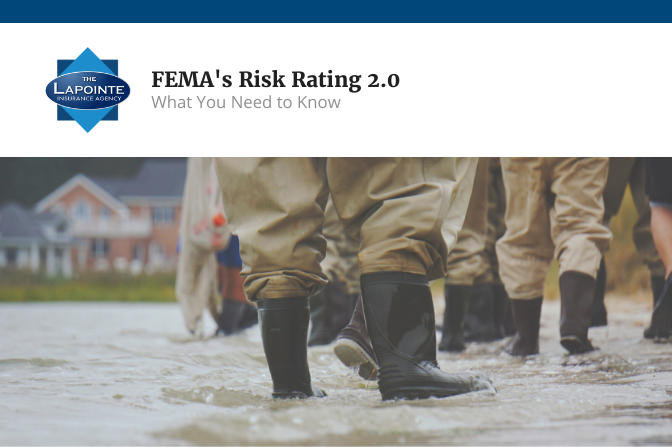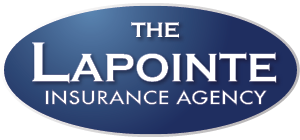FEMA’s Risk Rating 2.0: What You Need to Know
- Posted by Daniel Simcock
- On April 26, 2021

Starting October 2021, FEMA plans to put Risk Rating 2.0 into effect. What does this mean for NFIP policyholders?
Key Takeaways
- FEMA’s Risk Rating 2.0 strives to rate flood risks more accurately and make National Flood Insurance premiums more equitable.
- 23% of NFIP policyholders can expect decreased payments. However, 11% of policyholders can expect premium increases.
- National Flood Insurance is required for homes and businesses located in high-risk zones with government-backed mortgages.
The Federal Emergency Management Agency (FEMA), which facilitates the National Flood Insurance Program (NFIP), unveiled plans this month for an updated flood risk rating system. As proposed, Risk Rating 2.0 strives to rate flood risk more accurately and distribute insurance premiums more equitably.
Why is FEMA Updating its Flood Risk Rating System?
The current flood risk rating system is based on a 100-year floodplain map, which estimates the flood recurrence interval of floods in a 100-year period. The system has not been updated in over 50 years. The new rating system will implement new and emerging technologies (already adopted by private flood insurance companies) to rate flood risks as accurately as possible.
As proposed, Risk Rating 2.0 will also help distribute flood insurance premiums and address inequities in the current program. According to the plan, 23% of Americans who have National Flood Insurance can expect decreased premiums, many of whom live in lower value properties located in lower income areas. However, a minority of policyholders, 11%, can expect increases in their premiums. (FEMA)
When will FEMA’s Risk Rating 2.0 take effect?
Beginning this October, new policyholders will be subject to the new flood rating system. By April 2022, all renewing policyholders will be folded into the new program.
Am I Required to Have National Flood Insurance?
Currently, National Flood Insurance is required only for properties in high-risk flood zones with government-backed mortgages (FHA and VA loans). While flood insurance is not federally mandated for properties outside these risk zones, private lenders may still require it.
For those not required to adopt National Flood Insurance, private flood insurance may be an attractive alternative to National Flood Insurance.
For more information about FEMA’s Risk Rating 2.0, read their recent press release.
For tips on purchasing flood insurance, check out our video.
If you have any questions about national and private flood insurance, please feel free to contact us at any time.


